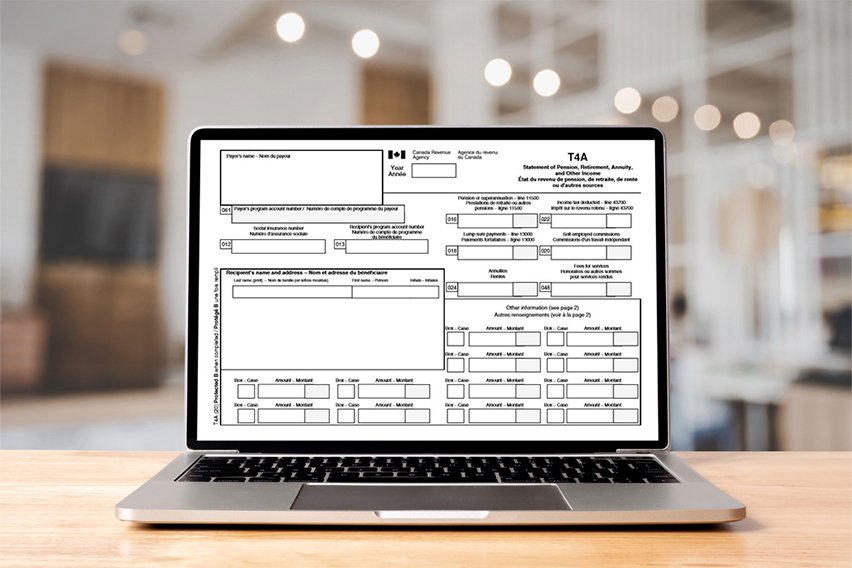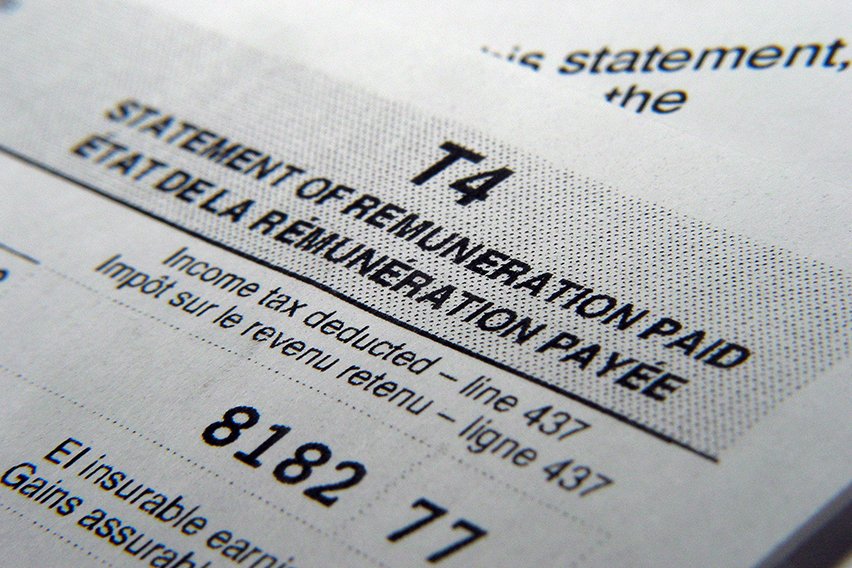Tax Credit Vs Tax Deduction: What’s the Difference?

Taxes can be a frustrating subject for anyone. They ultimately affect how much money you see at the end of the day. When you’re trying to reduce your tax liabilities, you can do so in one of two ways. These methods of reduction are tax credits and tax deductions. If you’re looking to understand the difference between the two, you’re in the right place. This article is going to cover tax credits and tax deductions and which is better for your finances.
Here’s What We’ll Cover:
Tax Deductions vs Tax Credits: The Main Differences
Tax Credits vs Tax Deductions: Which Is Better?
What’s a Tax Credit?
A tax credit is an amount of money that taxpayers can apply to the amount of money that they owe the state. This means that if you’ve got a tax liability, you can apply a tax credit to it, reducing the amount of the liability.
Generally speaking, there are three different types of tax credits. They are as follows:
- Non-refundable Tax Credit: A credit that can reduce the tax liability to zero but won’t produce a refund
- Partially Refundable Tax Credit: A tax credit that can provide a partial tax refund
- Refundable Tax Credit: A tax credit that will produce a tax refund on your tax return

What’s a Tax Deduction?
A tax deduction is similar to a tax credit. It can reduce your tax liability by reducing your income. Tax deductions are often given to higher-income filers. They can be used on both personal income and business income. Overall, they are typically less effective than tax credits.
Typically, a taxpayer can choose between a standard deduction or itemized deductions. Standard deductions are given to taxpayers across the board. Itemized deductions are the alternative, and they take into account all of the deductible expenses that affect income. An example of a common deduction for a person who works from home is office supplies. This would include a desk, office equipment, and other work-related expenses.
Often, additional deductions can be taken to reduce income as much as possible. Common additional deductions include charitable contributions, education expenses, and real estate taxes.
Tax Deductions vs Tax Credits: The Main Differences
The biggest difference between tax credits and tax deductions is the latter chips away from your income that you’ll pay taxes on in the background. This reduces your taxes, whereas tax credits directly reduce how much taxes you actually owe.
It doesn’t end there, either. There are some tax credits out there, like income tax credits, that can increase your refunds or give you a refund if you didn’t owe any taxes in the first place. They’re known as refundable tax credits, while tax credits can be one or the other — refundable or non-refundable.
Unfortunately, non-refundable tax credits can’t increase how much of a tax refund you receive, but they can reduce how much you owe in taxes. For example, you get a $1,000 non-refundable tax credit and only owe $500 in taxes. You wouldn’t need to pay any taxes here, which is excellent, but you also wouldn’t receive the $5,000 leftover from the tax credit back as a refund, sadly.
Tax Credits vs Tax Deductions: Which Is Better?
It’s simple — whenever you get a reduction in your tax bill, it’s a good thing. However, most agree that tax credits are the better option if you had to choose one because of how much money you save.
That’s because they’re a dollar-for-dollar reduction of your tax bill. Deductions only reduce your overall income before it applies to your tax rate. Ultimately, tax credits will put dollars in your pocket, and that’s what you want.
Tax deductions are a terrible thing as they can still save you money, but it all depends on your tax bracket. It’s down to you as what’s most valuable to you. Deductions reduce depending on what you report as your income, whereas the dollar value you get depends on your tax rate.

An Example of Each
Let’s assume you’re in the 22% tax bracket. A $1,000 tax deduction will cut $220 off your bill. If that has you doing a happy dance, then imagine your reaction when you find out a $1,000 tax credit will save you $1,000 in taxes throughout the year.
Here’s how you’d work that out:
$42,000 x 22% = $9,240
The $9,240 is what you’d pay towards your income tax. If you get a $1,000 tax deduction, your taxable income will drop to $41,000.
Now grab your taxable income and do the following sum:
$41,000 (taxable income) x 22% (tax bracket) = $9,020
Using the same example, if you qualify for $1,000 in tax credits, it’ll take $1,000 off your $9,240 total you owe in income tax. That takes your new total to $8,240 — meaning tax credits benefit you and your bank account more.
Again, they both have benefits, so it ultimately boils down to what you value the most.
Tax deductions offset the amount you’ll pay on taxes by writing off certain expenses. These include capital gains losses, self-employment, retirement contributions, tuition and healthcare. By claiming a reduction, you won’t pay taxes on specific income.
With tax credits it reduces how much you pay in taxes or can increase your refund, while in some cases, you can claim tax credits even if you have no liability. So, if you don’t owe any taxes but receive $1,000 in refundable tax credits, that’s $1,000, adding extra weight to your wallet.
Key Takeaways
Tax credits and deductions work in different ways, but they both aim to reduce the amount of taxes you pay. By knowing the subtle differences, you can ensure you get the most value possible from every credit or deduction you qualify for. Do your homework before filing season and use accounting software to make your process easier and faster.
If you’re looking for more info like this, check out our resource hub! It’s full of helpful information for you and your small business.
RELATED ARTICLES

 T4 vs T4A Tax Form: What’s the Difference?
T4 vs T4A Tax Form: What’s the Difference? What Is an ITC (Input Tax Credit) for Claiming GST/HST?
What Is an ITC (Input Tax Credit) for Claiming GST/HST? EBIT vs EBITDA: What’s the Difference?
EBIT vs EBITDA: What’s the Difference? TD1 Form: Learn Everything You Need To Know
TD1 Form: Learn Everything You Need To Know What Is a GST/HST Return?
What Is a GST/HST Return? T4 Slip: What Is It and How Do You Get Yours?
T4 Slip: What Is It and How Do You Get Yours?